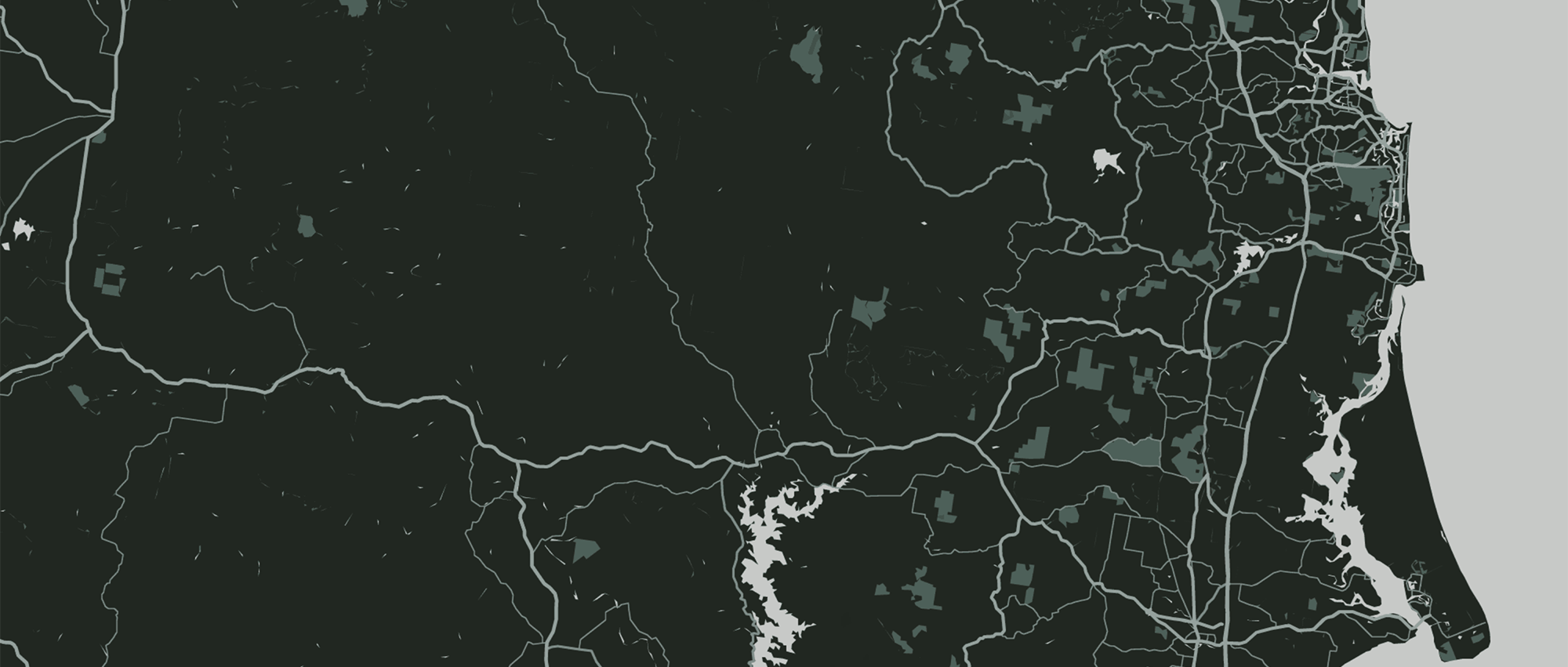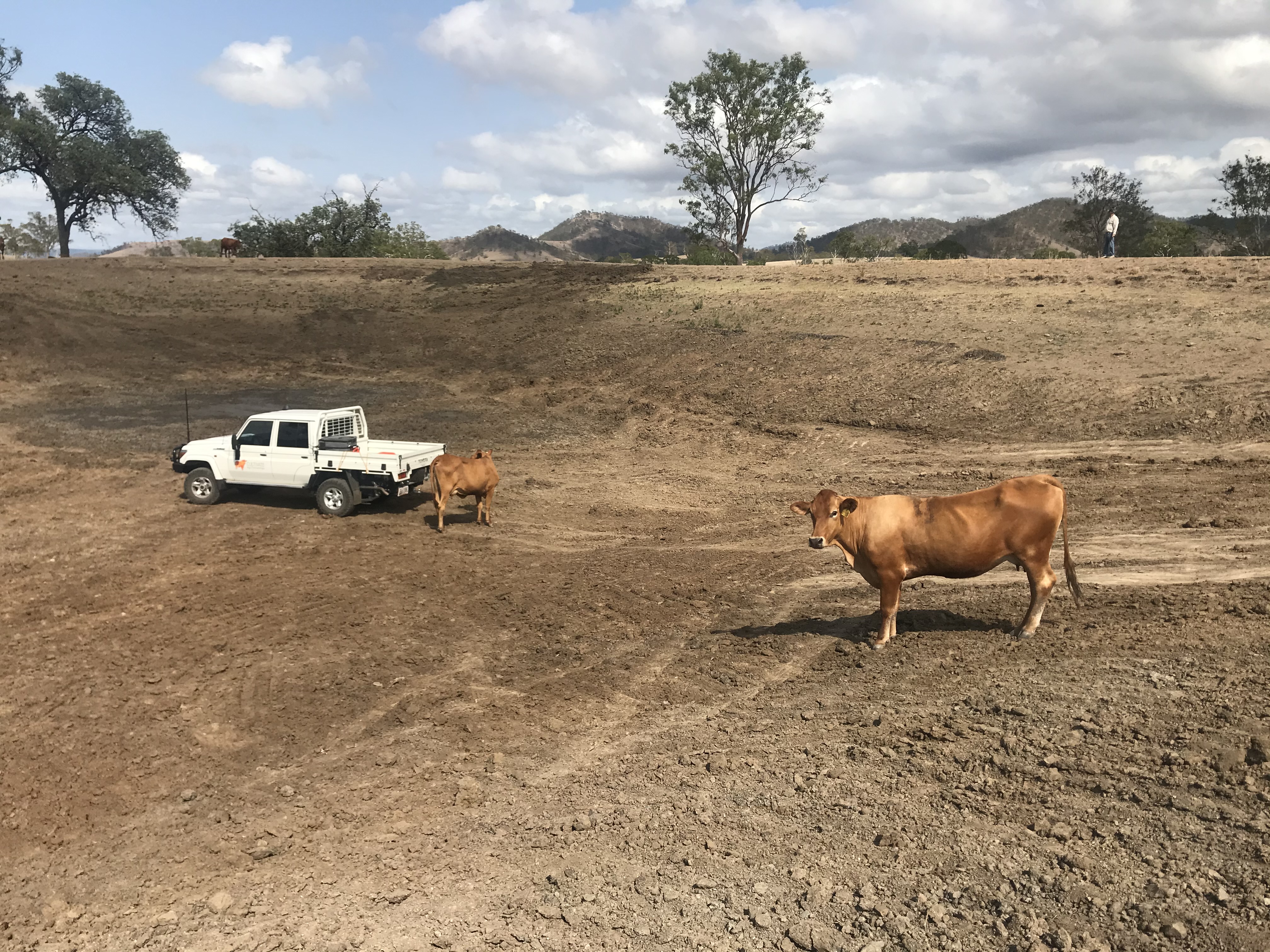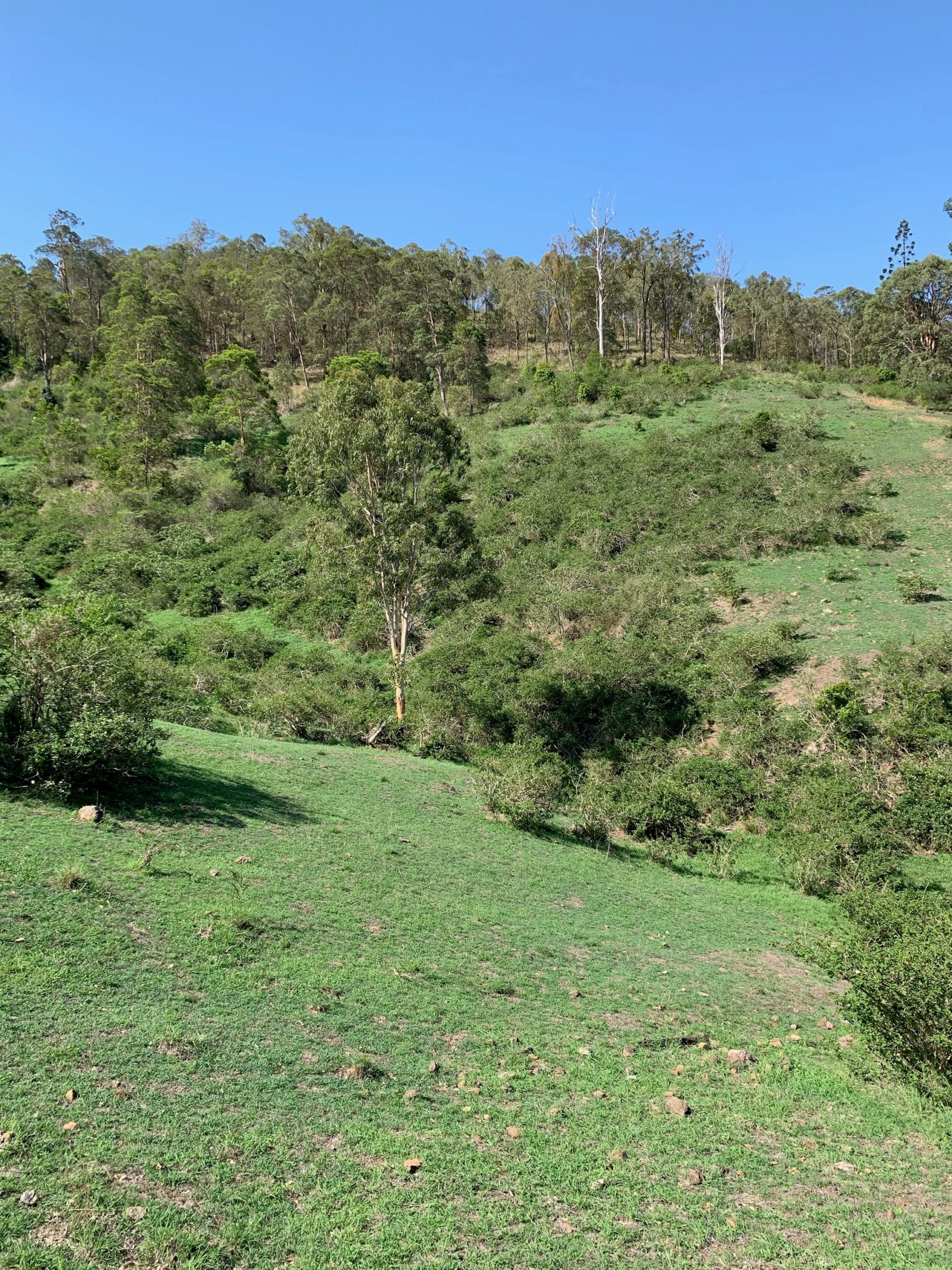Flora Vale
Rotation Cycle
REST / Since Jan '22
kg/dm/ha
Capital Metrics
kg/dm/ha
kg/dm/ha
One of the key initiatives that we implemented with Project Durundur was a planned resting of several large portions of paddocks that had been treated for weed infestations. We tried to optimise these rests with two rounds of grass seed hitting the ground and we are now currently realising these benefits and observing material uplift in biodiversity and dry available feed matter.
Project Durundur development was also complimented with an irrigated forage grazing system. We felt as though this system was able to integrate our resting periods and enabled us to manage an intensive rotational cell systems. These cycles on the irrigated flats have also proven to be sound strategies for improved soil health on what were depleted and heavily compacted paddocks. We opted for deep root forages that assisted us to break up the compaction and thus improve soil health, moisture control and biodiversity.
Our forage blends included Chicory, Rape, Clovers, Radish and Oats.
Another key initiative we adopted with Project Durundur was a laneway system that also incorporated Riparians’, where able. The laneway serves multiple purposes, O,H&S, animal temperament as well as resting the lower lying areas near our waterways to optimise run-off controls. Laneway systems, strategically placed that serve multiple purposes are a key part of our management systems.
Again, we link improvements to our perennial pasture improvement programs, due to the integration back to soil carbon inputs. Perennial pastures have greater carbon inputs than annual pasture species and as such relates greater to our goal of moving the dial in our benchmark assessment matrix for soil health.
BEFORE / Taken 20 Jun ‘19
Overview of Completed Work
5
DEPTH8
STRUCTURE7
FERTILITY6
WATER7
BIODIVERSITY-
pHRegenerative Audit Compliance Activities
We maintain a control cell that assists us in our benchmarking basis for normalised natural asset measurements. We implement software platforms such as Maia and Cibo Labs and then cross-reference with our internal in-field data recording systems. We record all in-field and precipitation data on a quarterly basis and then feed these values in to the software integrations to enhance accuracy.
NONAA / Normalised Natural Assets Account Index is a proprietary tool that we have developed to account for opening balance of pastures when normalised for seasonality variance.
NTNAA / Normalised Targeted Natural Assets Account index is a proprietary tool that we have developed to account for our target balance of pastures when normalised for seasonality variances.
ANA / Actual Natural Assets Index





